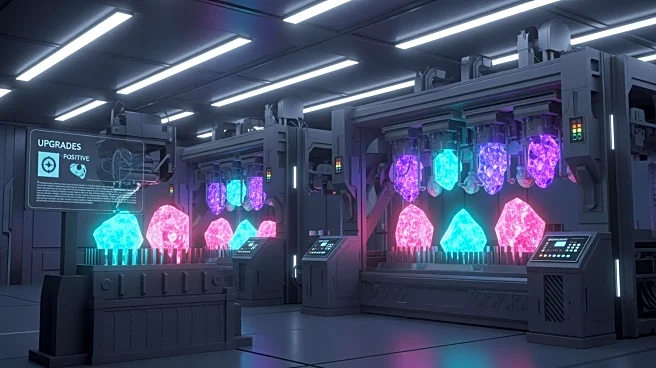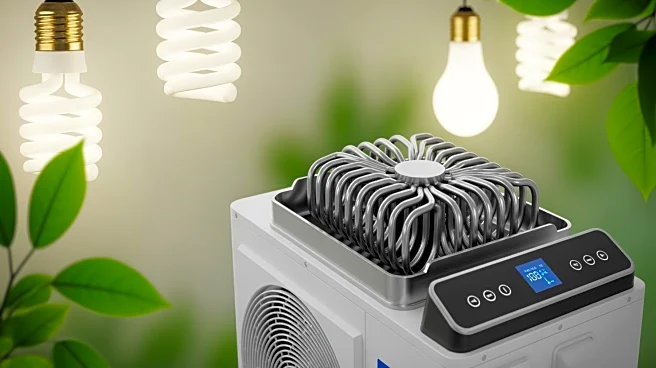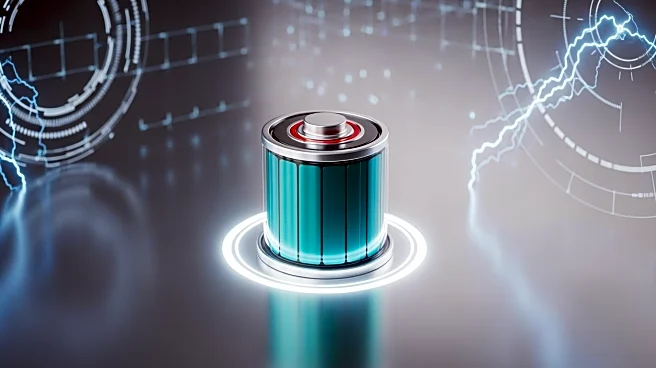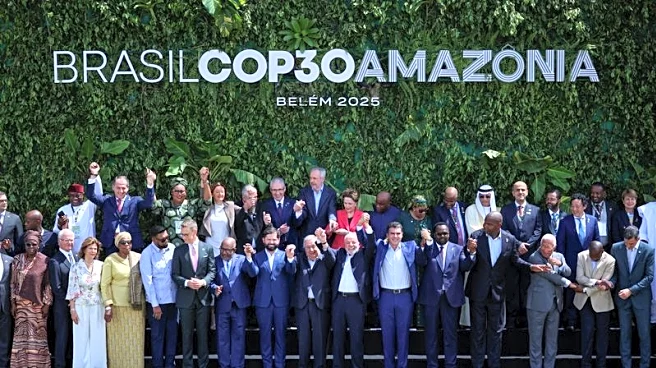What's Happening?
The U.S. needs to significantly increase electric vehicle (EV) sales to reduce the internal combustion engine (ICE) vehicle fleet. Despite EV sales reaching a 10% market share last quarter, the annual
projection is around 8%. To halt ICE fleet growth, EV sales must reach approximately 25%, which is three times the current projection. The U.S. fleet has grown by an average of 4 million vehicles per year, with EVs making up less than 2% of total vehicles on the road. The removal of consumer subsidies and scaling back of EV production pose challenges to achieving higher sales.
Why It's Important?
Increasing EV sales is crucial for reducing the environmental impact of the transportation sector, which is a significant contributor to greenhouse gas emissions. The transition to EVs is essential for achieving long-term sustainability goals and reducing reliance on fossil fuels. However, the current pace of EV adoption is insufficient to make a substantial impact on the ICE fleet size. Without policy changes or incentives to boost EV sales, the U.S. may struggle to meet its climate targets and reduce emissions from the transportation sector.
What's Next?
To achieve the necessary increase in EV sales, the U.S. may need to implement new policies or incentives to encourage consumers to switch from ICE vehicles to EVs. This could include tax breaks, subsidies, or programs to retire older ICE vehicles. Additionally, expanding EV infrastructure and reducing the cost of EVs through trade and manufacturing advancements could help drive adoption. Stakeholders, including policymakers and industry leaders, will need to collaborate to address the barriers to EV growth and ensure a sustainable transition.
Beyond the Headlines
The slow pace of EV adoption in the U.S. contrasts with countries like China, where aggressive policies and incentives have led to significant reductions in ICE vehicle fleets. The U.S. may need to consider similar strategies to accelerate the transition to EVs. Additionally, the aging vehicle fleet in the U.S. poses challenges for emissions reductions, as older vehicles are less efficient and more polluting. Addressing these issues will require a comprehensive approach to transportation policy and infrastructure development.












